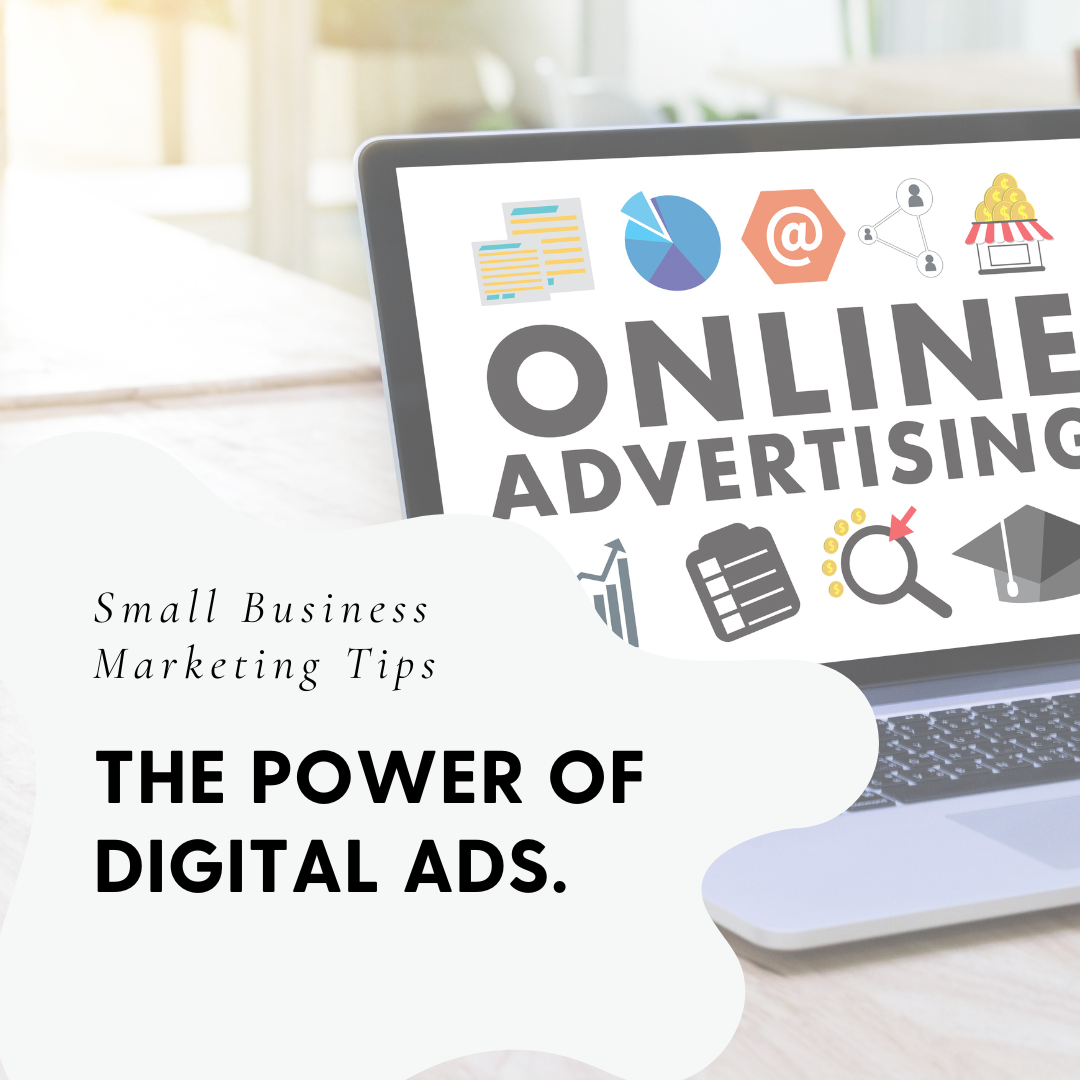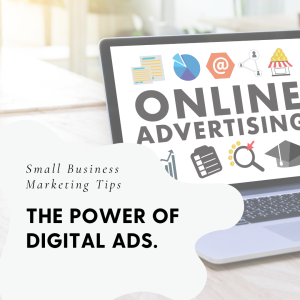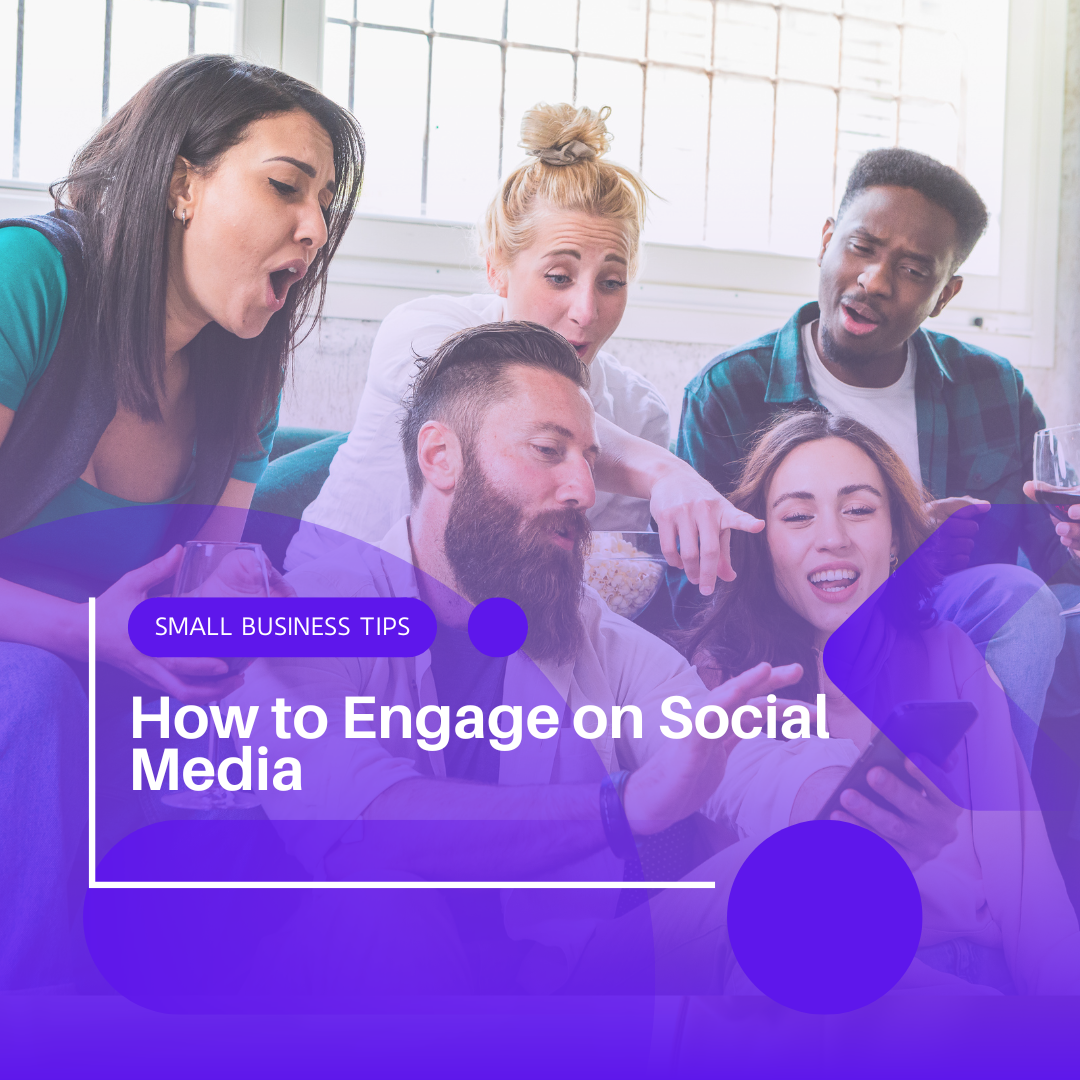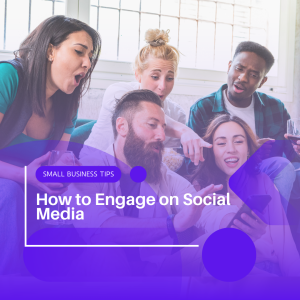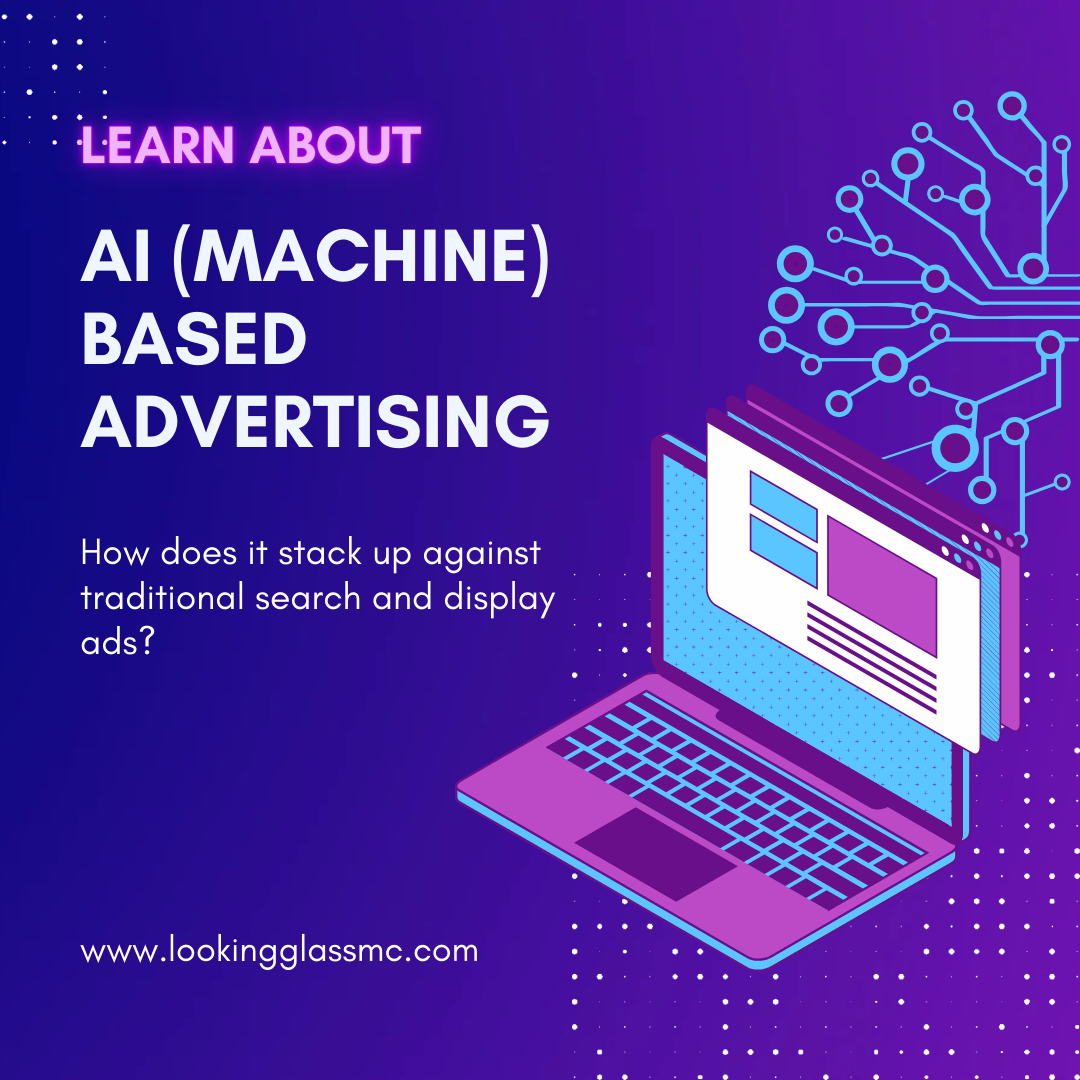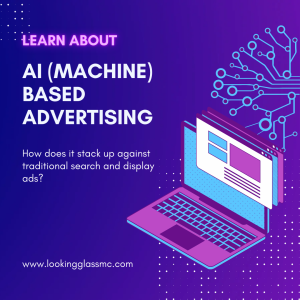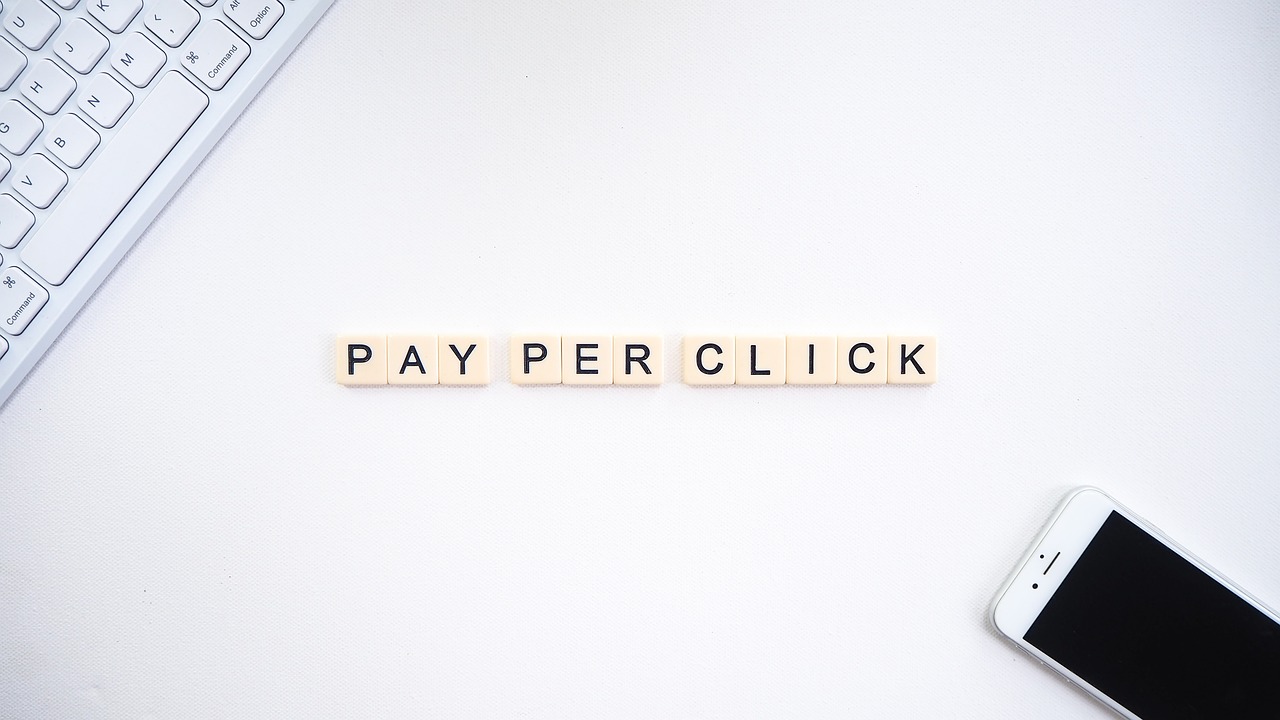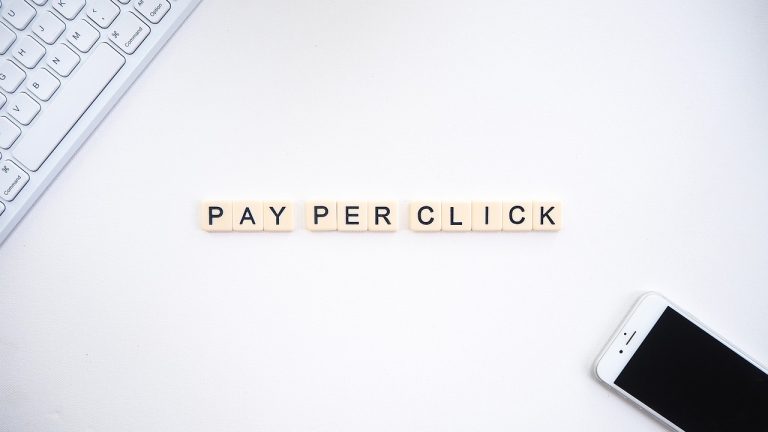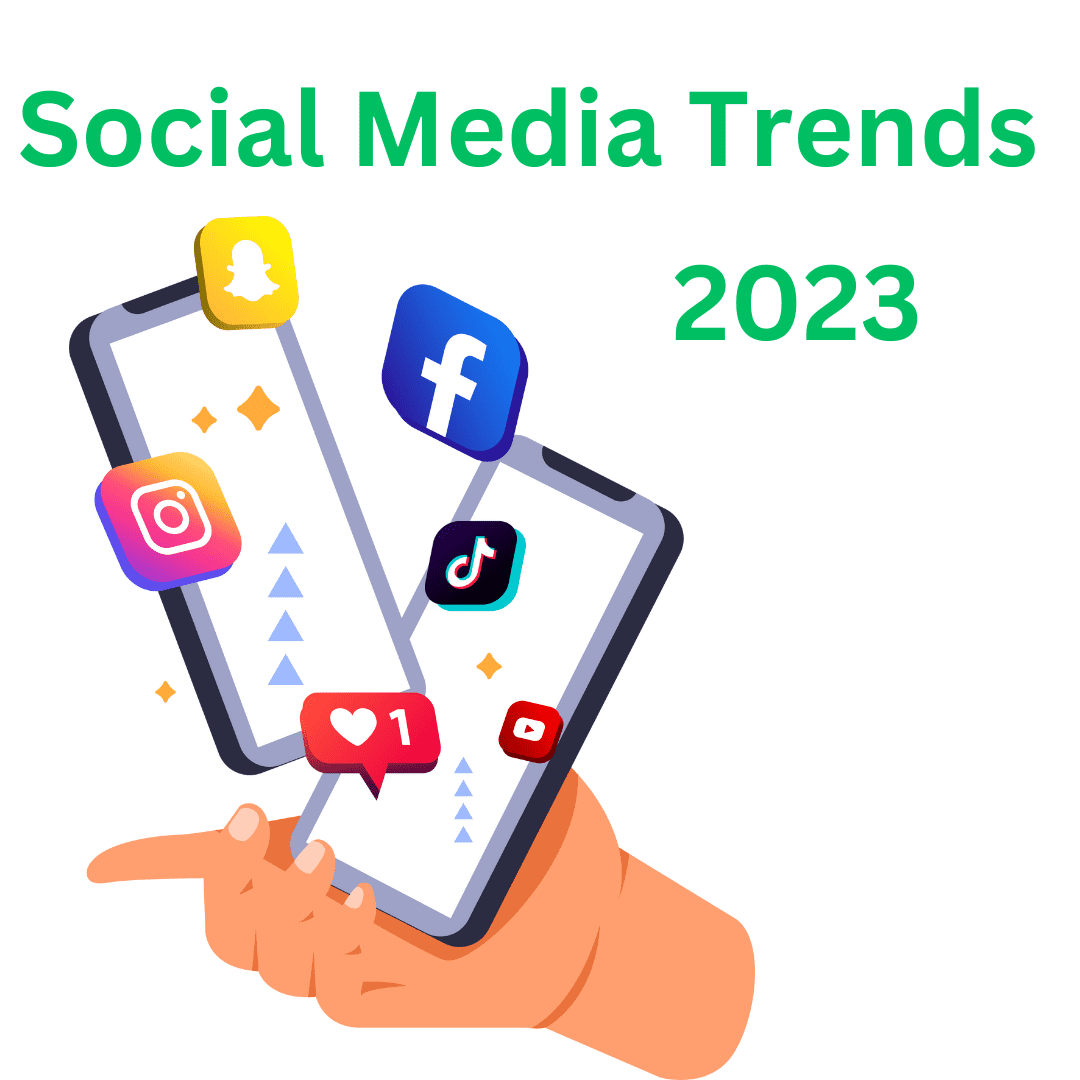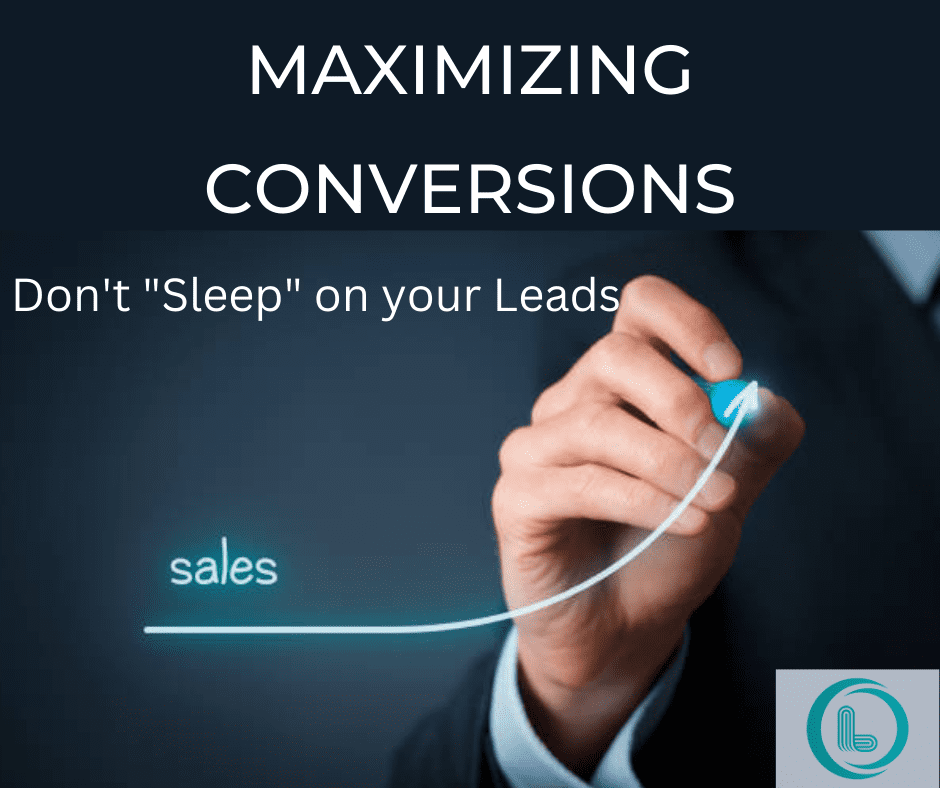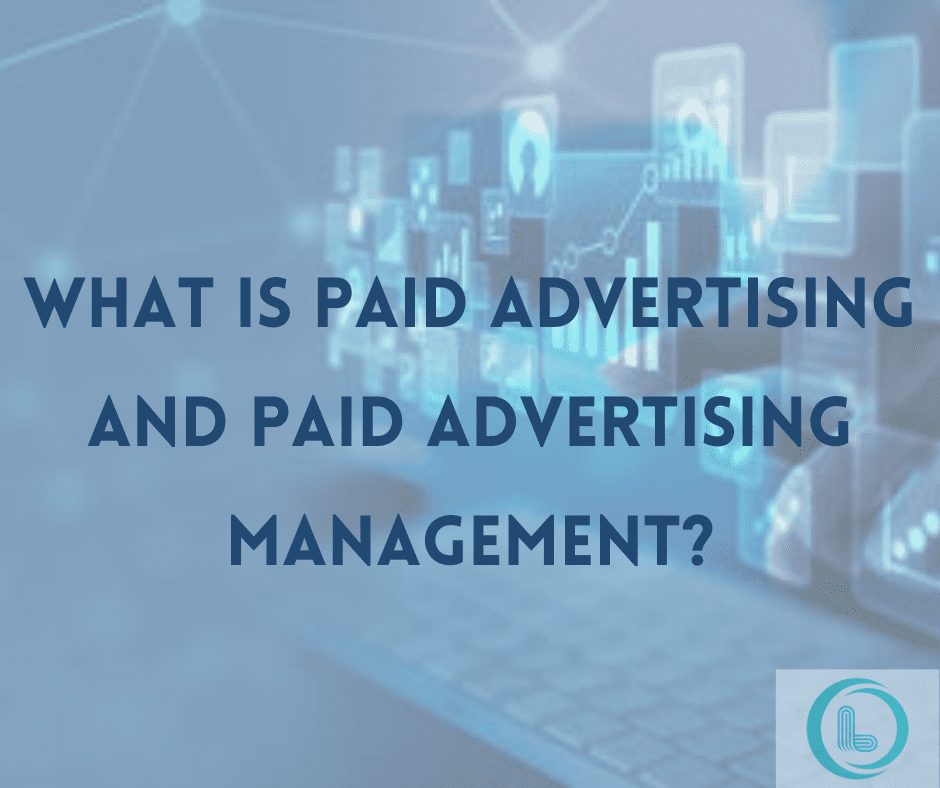
Planning for Success: How to Batch Your Content Calendar and Stay Consistent
Creating content consistently is one of the biggest challenges small businesses face. Between running your business, managing client needs, and keeping up with digital trends, finding time to write a blog, schedule a post, or send an email can feel overwhelming. That’s where batching your content calendar comes in.
Batching content means creating and scheduling content in focused sessions rather than scrambling day by day. It’s a smarter, more efficient way to approach digital marketing—and one that can improve your performance across platforms.
What Is Content Batching?
Content batching is the practice of planning, creating, and scheduling multiple pieces of content in one sitting. Rather than writing a blog post every Monday morning or designing a graphic on the fly, you handle all similar tasks at once. This strategy:
-
Saves time by reducing context-switching
-
Ensures consistency in tone, design, and branding
-
Improves planning for promotions, launches, or seasonal trends
-
Allows for proactive strategy instead of reactive scrambling
Why It Works for Small Business Marketing
As a small business, you wear a lot of hats. Batching your content frees you up to focus on daily operations while still maintaining a strong online presence. It supports:
-
Website design and updates: Align new blogs or content with design improvements
-
Email marketing: Write and schedule campaigns ahead of time
-
Social media strategy: Plan monthly posts in advance, based on business goals
-
Paid advertising: Coordinate organic and paid content themes
How to Batch Your Content Calendar
Here’s a simple step-by-step approach to make batching work for you:
1. Choose Your Platforms
Focus on where your audience is most active. Whether it’s your blog, Instagram, LinkedIn, or email list, don’t try to be everywhere—be effective where it counts.
2. Set a Monthly or Quarterly Theme
Base your content around a few core topics, seasonal events, product launches, or services. Themes help you stay focused and relevant.
3. Brainstorm Content Ideas
Use customer FAQs, analytics insights, or upcoming campaigns to build a list of ideas. Aim for a mix of blog posts, social media content, video scripts, and email topics.
4. Schedule Dedicated Creation Time
Block off time on your calendar to batch write, design, or film content. Try batching similar tasks together (e.g., write 3 blogs in one session).
5. Use a Content Calendar Tool
Use tools like Trello, Notion, Google Sheets, or marketing platforms like Buffer and Later to plan your content visually. Include deadlines, owners, and posting dates.
6. Automate Where Possible
Once your content is ready, schedule it in advance using social media schedulers, email platforms, or blog post schedulers.
Batching Tips for Success
-
Stick to your brand voice across platforms
-
Repurpose blog content for social posts or emails
-
Use templates for speed and consistency
-
Check analytics to refine what to batch next
-
Allow flexibility for timely or trending content
Data + Planning = Better Results
Use your analytics tools to refine your batching strategy over time:
-
Google Analytics 4: Monitor what blog content performs best
-
Meta Insights & TikTok Analytics: See which posts get the most engagement
-
Email Reports: Track open and click-through rates to adjust messaging
Batching also makes it easier to test different types of content and track their performance—leading to smarter marketing decisions.
Final Thoughts
Content batching gives you the structure and flexibility you need to stay consistent without the daily grind. It helps you show up for your audience in a planned, professional, and strategic way.
Want help building a smarter content strategy? Looking Glass offers content creation, digital marketing, and automation services designed to help small businesses grow online—without the overwhelm. Let’s take your content plan to the next level.

